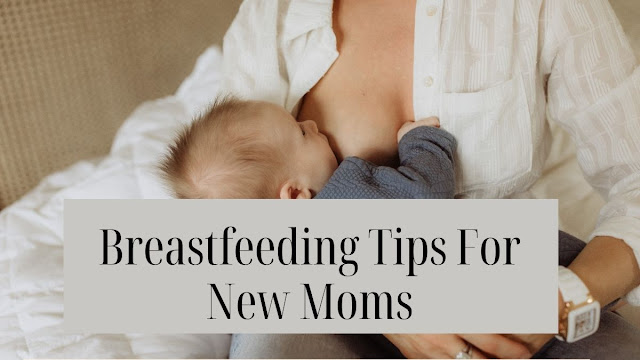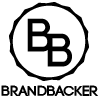Congratulations, you have a new baby! Once, you've given birth, breastfeeding is one important thing you can do to protect your baby and help to promote good health. Along with saving you money on formula, breastfeeding can also help you to keep your medical bills down.
When babies are breastfed, they have more immunity against ear infections, respiratory infections, and allergies.
During the first week of your baby's life, your breasts will produce colostrum for your baby to drink. Colostrum is rich in antibodies and aids the baby's immune system. It also helps him pass his first bowel movement, which is called meconium.
Meconium is black and tarry-looking and is in the first few diapers after birth. Then it begins to transition to a brown substance and after your milk comes in, it becomes a yellow, mustardy stool that is loose and watery.
Sucking on the breast will also help with jaw alignment and development. So, there is less need for costly orthodontic work when the child gets older.
Data from a study with almost 9,700 children in 1981 concluded that longer breastfeeding times correlated with a lower risk of malocclusion (misalignment of teeth).
Breastfeeding’s impact on jaw growth is also good for the development of a baby’s airway. This may help prevent problems with sleep-disordered breathing, such as sleep apnea.
Breastfeeding also offers many benefits for the mom as well. The baby sucking the breast will cause contractions right after birth, leading to less bleeding for the mom, and helping her uterus return to its shape before pregnancy much faster.
Breastfeeding also burns calories, so a mom can lose weight much faster than if she fed her baby with a bottle. Breastfeeding creates a special bond between the mother and the baby.
Getting Started with Breastfeeding
Breastfeeding is an art that will require a lot of patience and a lot of practice. No one expects you to be an expert when you first start, so you should not hesitate to ask for advice or have a nurse show you what you need to do.
Once you start, keep in mind that nursing should not be painful. When your baby latches on, pay attention to how your breasts feel. If the latching on hurts, break the suction then try again.
How much should newborns breastfeed?
You should breastfeed quite frequently, as the more you nurse the more milk you will produce. Breastfeeding for 10-15 minutes per breast 6- 10 times every 24 hours is an ideal target.
Feedings can take 40 minutes or longer, therefore you will want a cozy spot where you will not be bothered.
Breastfeeding and positioning
For some people, the process of breastfeeding seems to come naturally to them, there is a level of skill required for successful feeding and a correct technique to use. Incorrect positioning is one of the biggest reasons for unsuccessful feeding and it can even injure the nipple or breast quite easily.
Your technique and positioning are important in ensuring that your breastfeeding experience is a great one. A few different positions that can be used to make the experience more comfortable for you and your baby. Some of these positions include:
1. Upright
The sitting position where the back is straight. Sit up either in bed or a comfortable chair or couch with pillows supporting your back and head. Place a pillow on your lap and put the baby on top of the pillow in your arms, you can rest your arms on the pillow to make it easier to bring the baby up to your breast. Bend your knees to make this even easier to have baby latch on.2. Mobile
This is where the mother carries her baby in a sling or baby carrier while breastfeeding. Doing this allows the mother to carry on with other activities.3. Lying down
This is good for night feeds or for those who have had a cesarean section. Lay down on your side with pillows behind you to support your back. Lay baby facing you with her head on a pillow your breast should be level with baby's mouth. Bend your legs with a pillow between your knees and then have baby latch on.4. The Clutch Hold
This is also known as the football hold. This position is also good when nursing twins as it allows the mom to have a baby on each side. Sit down and tuck your baby under your arm almost like a handbag. Rest baby's head on a firm pillow on your lap. Ensure that baby's feet are behind your back. Your hand is at the back of the baby's neck, not on the baby's head. Your arm will extend down the baby's back, guide the baby to latch on.
Anytime you don't feel comfortable with a feeding position, always stop and switch to a different position. Each position is different, while some mothers prefer one position, others may like a totally different position. All you need to do is experiment and see which position is best for you.
Breastfeeding Complications
Sore Nipples
A lot of mothers complain about sore nipples that make breastfeeding painful and frustrating. Improperly positioned babies that suck really hard can make the breasts extremely sore. Here are some ways to ease your discomfort:
- Make sure your baby is in the correct position and latching on properly.
- Air out your nipples after breastfeeding
- After breastfeeding, apply some ultra-purified, medical-grade lanolin, making sure to avoid petroleum jelly and other products with oil.
- Make sure to wash your nipples with water.
- Many women find teabags ran under cold water to provide some relief when placed on the nipples.
Clogged milk ducts
Breast Infection






